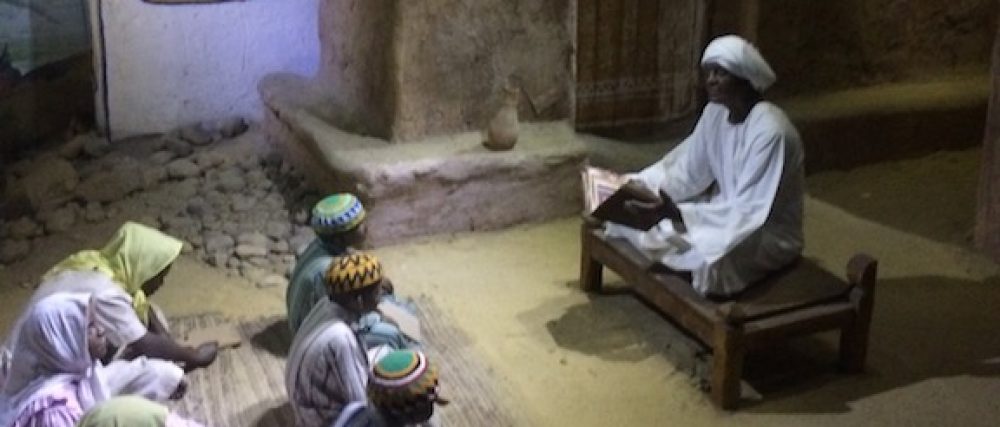The primordial religion of mankind is a single phenomenon that goes by different names. The Greeks knew it as Mystai (the Mysteries), the Indians call it Sanātana Dharma (the Eternal Way), and some now know it was Sophia Perennis (the Perennial Wisdom). The Monotheistic Arabs called it Ḥanīfīyah while pagan Arabs knew it as Ṣābi’ah. Authors who have written about Sabians have not yet made this connection for one reason or another, but the consequences are heavy for making the connection between Islam and the Ancient Mysteries as well as noting the reforms Islam made to them.
There are quite a few classical Arabic texts have discussed the identity, beliefs, and practices of the Sabians, but perhaps the text that makes this connection most clearly is that of the 11th century Cordoban scholar, Ṣāʿid ibn Aḥmad al-Andalusī. In his work, Ṭabaqāt al-Umam, he states that there were seven ancient civilizations: 1) Persia, 2) Chaldea (Arabia, Iraq, and Syria), 3) Greece (Europe), 4) Copt/Egypt (Africa), 5) Turkey (Central and North Asia), 6) India (Hind and Sind), and 7) China (East Asia). He declares that they were all Sabians, who believed in one God, but worshiped Him through the intermediaries of heavenly bodies, idols, and statues made of precious stones. They later broke up, their languages branched off, and the religions were divided from one another over time. (Al-Andalusī, 7)

Al-Andalusī asserts that all the so-called Arab pagans were initially monotheists. However, they created images and structures and prayed to them, not because they believed they were creator gods of the universe, but because in order to gain nearness to God through these intermediaries, as the Qur’an states (Zumar: 4). (Al-Andalusī, 44) The contemporary Arab author, ʿAbd Allah Samak, explains the stages by which Sabianism transformed to idol worship:
- Rūhānīyāt/Spiritualism: In this stage they took angels as intermediaries.
- Star Worship: In this stage they took planets and stars as physical representations of angels
- Idol Worship: In this stage they created shrines at sites that corresponded with the position of the stars and placed in them pictures and idols.
- Reincarnation: In this stage, they deduced that any recompense for worldly deeds are meted out in the physical realm based on the concept of cyclical time cycles that repeated ad infinitum. (Samak, 64-76)
We find these concepts disseminated in one way or another across world religions, save Islam and Judaism, whose divine legal codes are essentially responses to Sabian beliefs and practices. This was the opinion of Maimonides with regard to the Jewish laws prescribed by Moses in the Torah. The evidence from the Qur’an is plenty. However, it seems as though the arguments made against these problematic Sabian beliefs and practices address the mushrikīn (those who make partners to God) from among them. As such, we must consider Sabianism to be on a continuum between monotheism and polytheism. This is why some Muslim legal scholars declared some to be “People of the Book” and others clearly as disbelievers. I will be revisiting the beliefs and practices of Sabians in forthcoming posts and how the understanding of Sabianism is relevant to today’s spiritual environment.
References:
Al-Andalusī, Ṣā’id. Ṭabaqāt Al-Umam. Beirut: al-Maṭbaʿah al-Kāthalūkīyya li’l Abā’ al-Yasūʿīyyīn, 1912.
Samak, ʿAbd Allāh ʿAlī. Al-Ṣābiʼūn. 1st ed. Cairo: Maktabat al-Ādāb, 1995.
